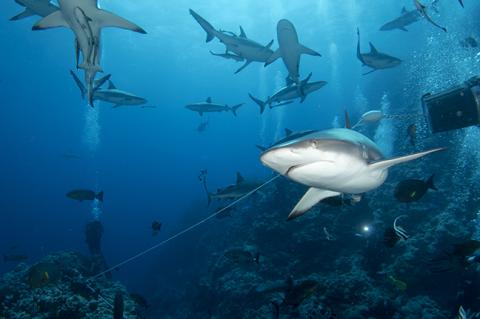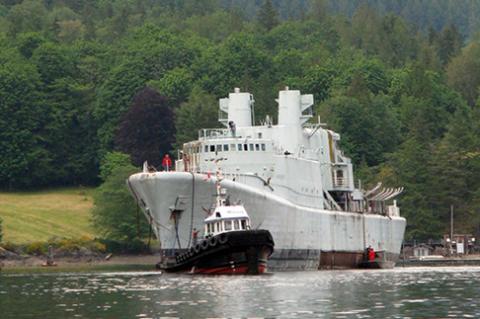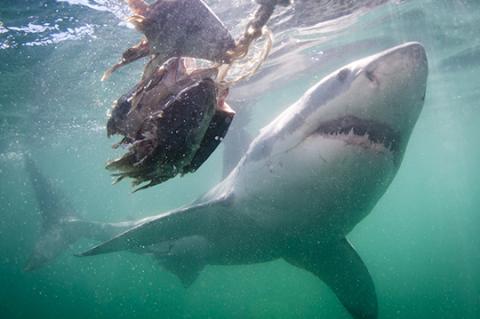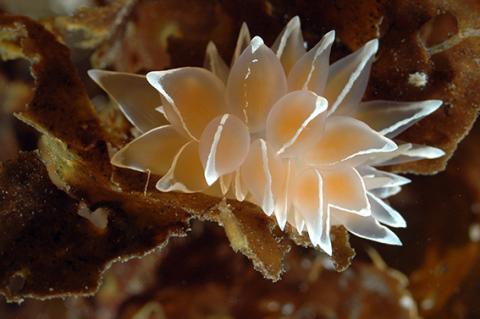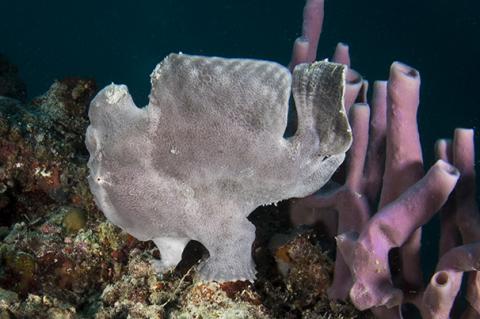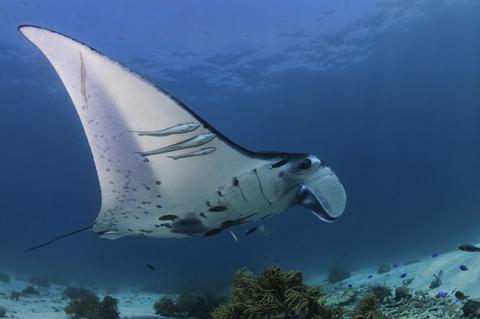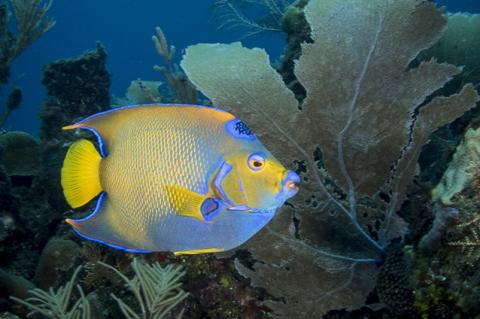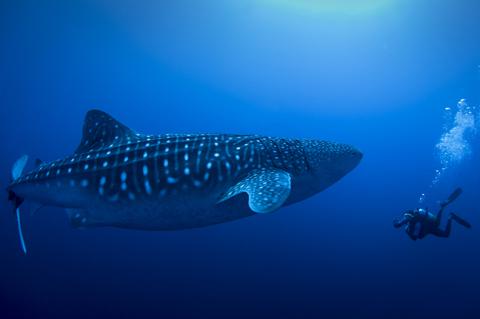To Shark Dive or Not to Shark Dive
It was seven in the morning and my coffee hadn’t kicked in yet. The dive guide was giving me a slightly more thorough dive briefing than normal. I wasn’t supposed to wear anything colorful or shiny, and black gloves and a hood were required. Also covered in black neoprene, he was putting on chainmail gloves and told me he’d have a pole with him. He said it was more for the potato cods though, not the sharks.
Taking a giant stride off the back on the boat, the chill of the water snapped me out of my early-morning haze. Below me, the sharks were already there; at least ten were circling below the boat.

